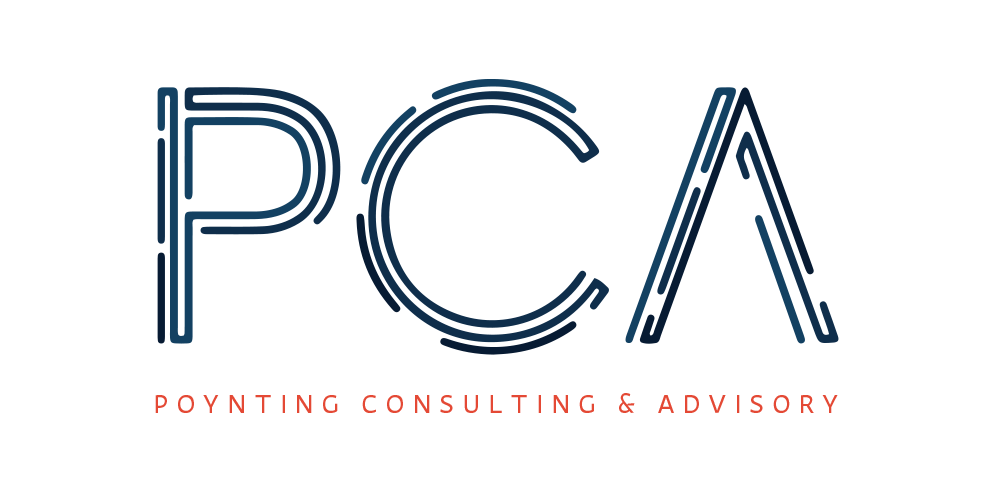What Types of Organisations Should be CSOs?
This is article four of five that will be released over five days. These articles are for professionals in Australia that work with children and have heard the term ‘child safe organisation’ but are not sure how it applies to them, their sector or the work they do every day to keep children they work with safe. Click here to view article one – What is a Child Safe Organisation?
In Article one ‘What is a Child Safe Organisation? We explained what a CSO is. From now on, we’re going to assume you know what a CSO is. Click the link above if you missed Article One.
Some organisations exist primarily to provide a service to children. Organisations such as schools, childcare providers, sport and recreation providers, out-of-home care providers, child entertainers, some religious institutions and many others. These types of organisations are commonly called ‘child-serving’ or ‘youth-serving’ organisations. Other organisations provide services to a wide range of clients, some of whom are children and young people. Organisations such as medical practitioners, health and wellbeing, allied health providers, tradespeople that work in child-serving environments, and some religious institutions. These types of organisations are commonly called ‘child-contact’ organisations.
An area which was not included within the scope of the Royal Commission into Institutional Child Sexual Abuse, but which has a huge amount of contact with young people, is the retail and grocery sector. This sector employs many teenagers and is often the first experience in the workforce that young people have. The power difference between young employees and their managers/employers creates an environment where young people are highly vulnerable to abuse and exploitation.
To answer the question directly – “What types of organisations should be CSOs?” Any organisation that has regular contact with children and young people (either as service users, clients, employees, or even ongoing incidental contact) should strive to be a CSO. It’s not a question of ‘how much’ contact an organisation has with children and young people before they should consider being a CSO, it’s a question of ‘if’ they have any interaction with children.
Why is it so important for all organisations to be child-safe? In yesterday’s article, we talked about how the Royal Commission were told of child sexual abuse occurring in thousands of institutions throughout Australia – both historically and recently. We also know about grooming. Grooming is defined as, “Behaviours that manipulate and control a child, their family and other support networks, or institutions with the intent of gaining access to the child, obtaining the child’s compliance, maintaining the child’s silence, and avoiding discovery of sexual abuse” (Commonwealth of Australia, 2017a, p.40). Grooming can occur over a very long period, sometimes years or it can occur incredibly quickly; in minutes or less. Organisations that do not have processes in place to combat grooming are highly susceptible to being exploited. As stated in the very first article in this series – you can’t find what you’re not looking for.
To help organisations become CSOs, the Australian Human Rights Commission has developed some invaluable resources. These resources are based on the National Principles for Child Safe Organisations (Australian Human Rights Commission, 2018). The National Principles themselves are an evolution of work and recommendations by the Royal Commission, particularly the Child Safe Standards from Volume 6: Making Institutions Child Safe (Commonwealth of Australia, 2017b). The National Principles are not mandatory yet; however, we’ve already seen an emerging trend in Federal funding and grant funding, that evidence of implementation of the National Principles is a funding requirement and some jurisdictions within Australia do require compliance with Child Safe Standards.
The Australian Human Rights Commission has developed a series of 11 E-Learning Modules to help organisations to understand the National Principles.
If you’d like to learn more Child Safe Organisations, why they’re important, and receive some free actionable advice – stay tuned. Over five days, PCA are publishing five articles explaining different aspects of being a child safe organisation. Find them on LinkedIn, on PCA’s website or on Twitter with the hashtag #CSOin5Days.
References
Australian Human Rights Commission. (2018) National Principles for Child Safe Organisations. Sydney: Australian Human Rights Commission. Retrieved from https://childsafe.humanrights.gov.au/sites/default/files/2019-02/National_Principles_for_Child_Safe_Organisations2019.pdf
Commonwealth of Australia. (2017a). Royal Commission into Institutional Responses to Child Sexual Abuse: Final Report Volume 2 – Nature and Cause. Canberra: Commonwealth of Australia
Commonwealth of Australia. (2017b). Royal Commission into Institutional Responses to Child Sexual Abuse: Final Report Volume 6 – Making Institutions Child Safe. Canberra: Commonwealth of Australia
